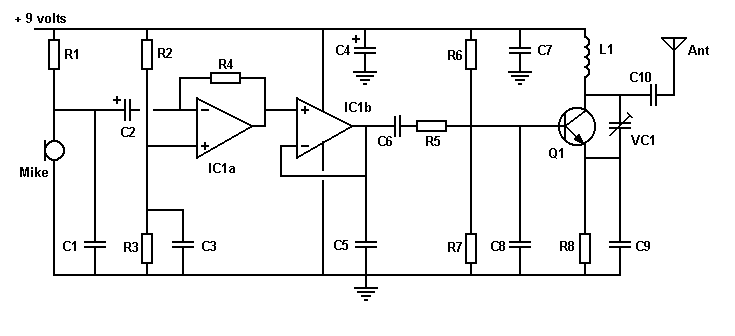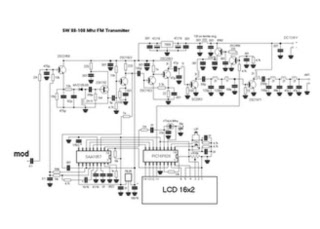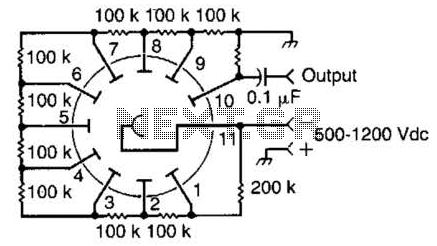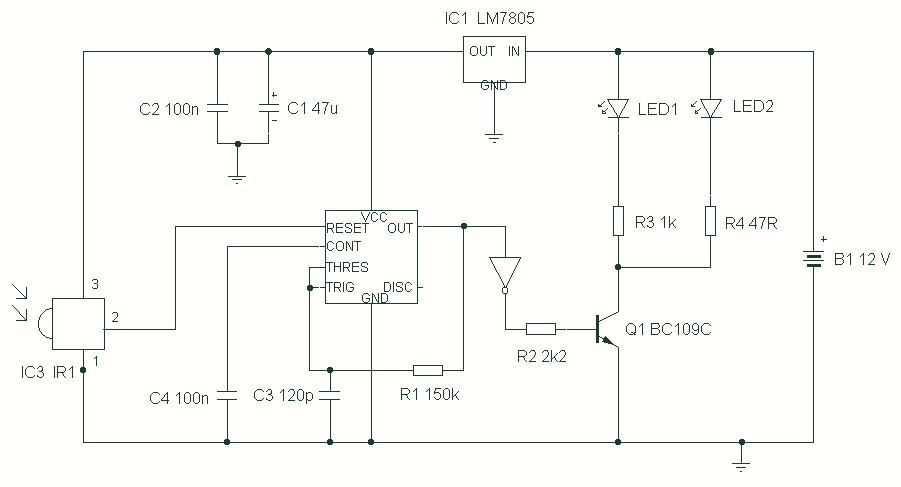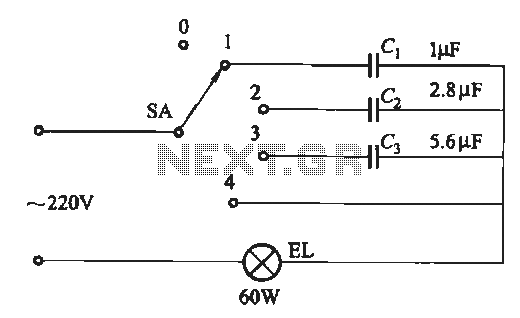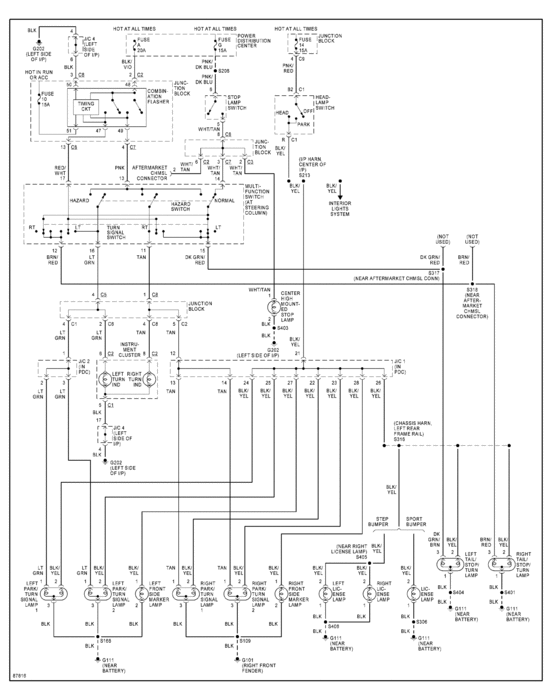
cdmp3 cd with cdroom circuit diagram
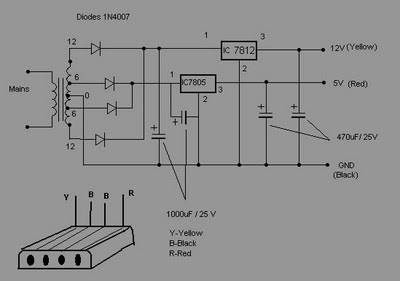
Most CD-ROMs available have an audio output that allows for the connection of headphones or an amplifier. This circuit enables the use of the CD-ROM as a standalone audio CD player without requiring a computer. The circuit essentially functions as a power supply, providing +5V, +12V, and ground to the CD-ROM drive, allowing it to operate independently from a computer. A D-type power connector should be purchased to connect this circuit's outputs to the CD-ROM.
The described circuit serves as a power supply for a CD-ROM drive, facilitating its use as an independent audio playback device. The power supply must deliver two voltage levels: +5V and +12V, which are standard for powering CD-ROM drives. The +5V supply typically powers the digital logic circuits within the CD-ROM, while the +12V supply is necessary for the motor that spins the disc and for other mechanical components.
To construct this circuit, a transformer or a switching power supply can be utilized to convert the mains voltage to the required output levels. A bridge rectifier can be employed to convert the AC voltage from the transformer to DC voltage, followed by filtering capacitors to smooth the output. Voltage regulators may be used to ensure stable output voltages at +5V and +12V.
The D-type power connector will be essential for interfacing the power supply with the CD-ROM drive. The pin configuration should be checked against the specifications of the CD-ROM to ensure proper connection. Additionally, implementing protection features such as fuses or thermal cutoffs can enhance the reliability and safety of the circuit.
Overall, this setup allows for a versatile audio solution, enabling users to enjoy CD audio without the need for a computer, making it suitable for various applications, including portable audio systems or integration into custom audio projects.Most of the CDROMS available have an Audio-Out Output to either plug in the headphones or connect it to an amplifier. This circuit enables one to use the CDROM as a stand alone Audio CD player without the computer. This circuit is nothing but a power supply which supplies +5v, +12V and Ground to the CDROM drive and hence can be used without the co
mputer. You should buy a D-type power connecter to connect this circuit`s outputs to the CDROM. 🔗 External reference
The described circuit serves as a power supply for a CD-ROM drive, facilitating its use as an independent audio playback device. The power supply must deliver two voltage levels: +5V and +12V, which are standard for powering CD-ROM drives. The +5V supply typically powers the digital logic circuits within the CD-ROM, while the +12V supply is necessary for the motor that spins the disc and for other mechanical components.
To construct this circuit, a transformer or a switching power supply can be utilized to convert the mains voltage to the required output levels. A bridge rectifier can be employed to convert the AC voltage from the transformer to DC voltage, followed by filtering capacitors to smooth the output. Voltage regulators may be used to ensure stable output voltages at +5V and +12V.
The D-type power connector will be essential for interfacing the power supply with the CD-ROM drive. The pin configuration should be checked against the specifications of the CD-ROM to ensure proper connection. Additionally, implementing protection features such as fuses or thermal cutoffs can enhance the reliability and safety of the circuit.
Overall, this setup allows for a versatile audio solution, enabling users to enjoy CD audio without the need for a computer, making it suitable for various applications, including portable audio systems or integration into custom audio projects.Most of the CDROMS available have an Audio-Out Output to either plug in the headphones or connect it to an amplifier. This circuit enables one to use the CDROM as a stand alone Audio CD player without the computer. This circuit is nothing but a power supply which supplies +5v, +12V and Ground to the CDROM drive and hence can be used without the co
mputer. You should buy a D-type power connecter to connect this circuit`s outputs to the CDROM. 🔗 External reference
